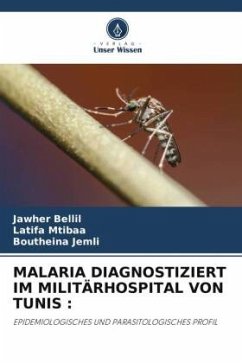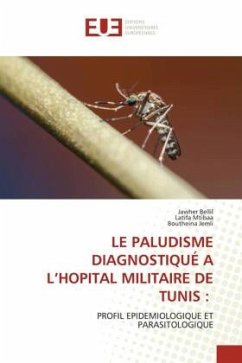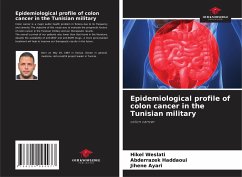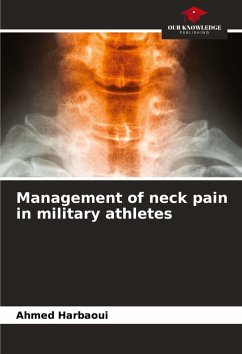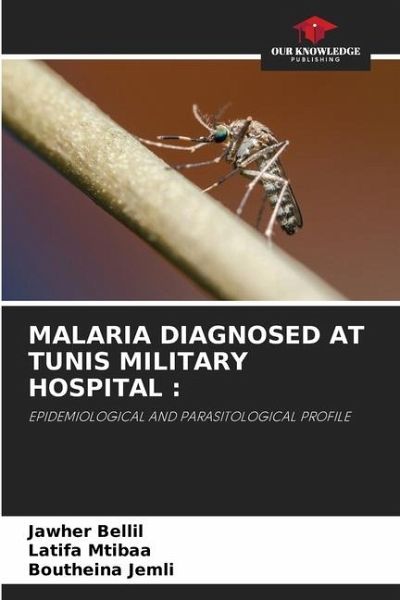
MALARIA DIAGNOSED AT TUNIS MILITARY HOSPITAL :
EPIDEMIOLOGICAL AND PARASITOLOGICAL PROFILE
Versandkostenfrei!
Versandfertig in 6-10 Tagen
29,99 €
inkl. MwSt.

PAYBACK Punkte
15 °P sammeln!
Since 1979, Tunisia has been free of indigenous malaria. However, the risk of reintroduction remains real, given the presence of vectors and the incidence of imported cases. The aim of our work was to determine the epidemiological, clinical and parasitological characteristics of imported malaria cases. Our study covered 96 cases of malaria diagnosed between 2012 and 2023, representing an average annual incidence of 8.2 cases/year. Patients had a sex ratio of 31 and an average age of 34. The place of infection was the Central African Republic in 59% of cases. Chemoprophylaxis was taken in 33% o...
Since 1979, Tunisia has been free of indigenous malaria. However, the risk of reintroduction remains real, given the presence of vectors and the incidence of imported cases. The aim of our work was to determine the epidemiological, clinical and parasitological characteristics of imported malaria cases. Our study covered 96 cases of malaria diagnosed between 2012 and 2023, representing an average annual incidence of 8.2 cases/year. Patients had a sex ratio of 31 and an average age of 34. The place of infection was the Central African Republic in 59% of cases. Chemoprophylaxis was taken in 33% of cases. Diagnosis was made on the basis of screening (35%) or clinical signs (65%). Clinical signs included fever in 94% of cases. The species identified were P. falciparum (64 cases), P.ovale (31 cases) and P.malariae (one case). Trophozoites and gametocytes were observed in 90% and 43% of patients respectively. In 25% of P.ovale cases, at least one relapse was observed. Early parasitological diagnosis and appropriate treatment are essential to combat the reintroduction of this parasitosis.



